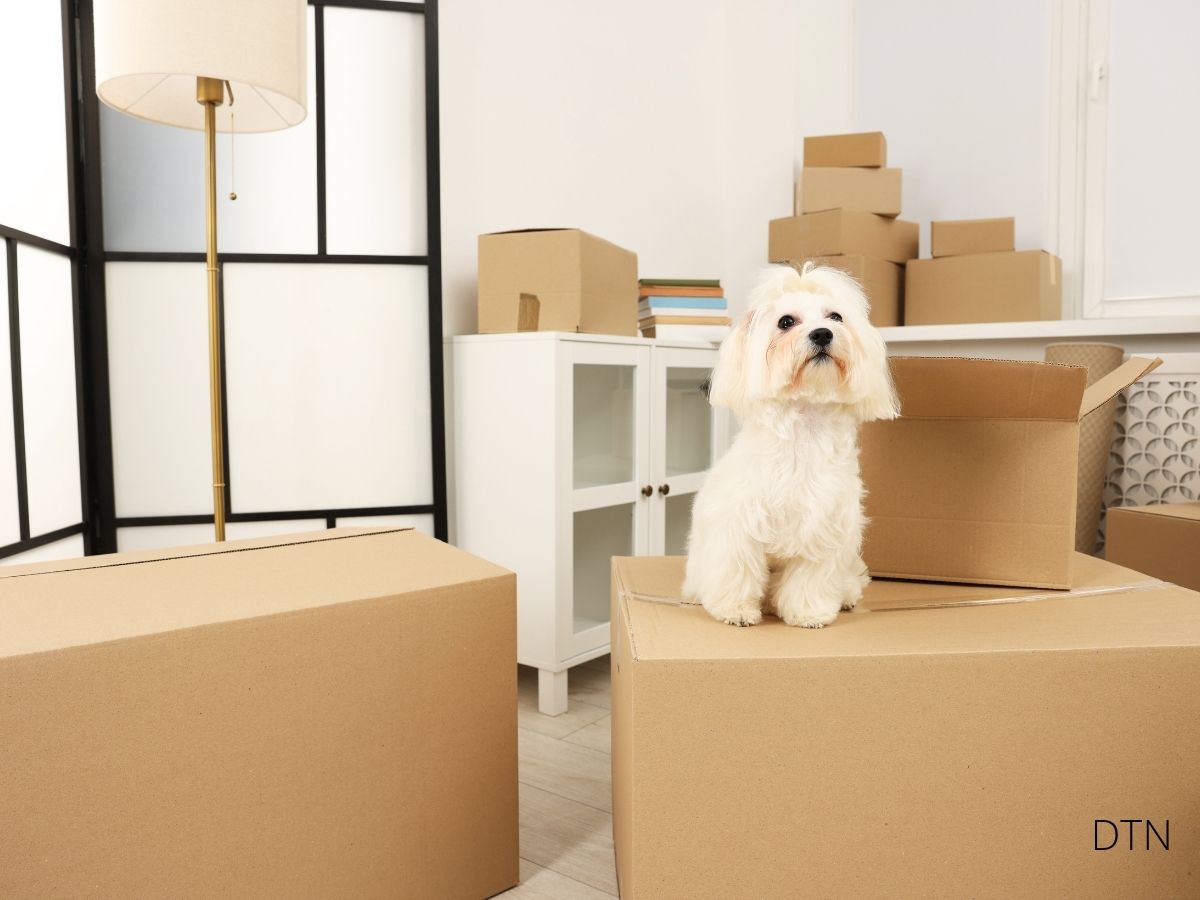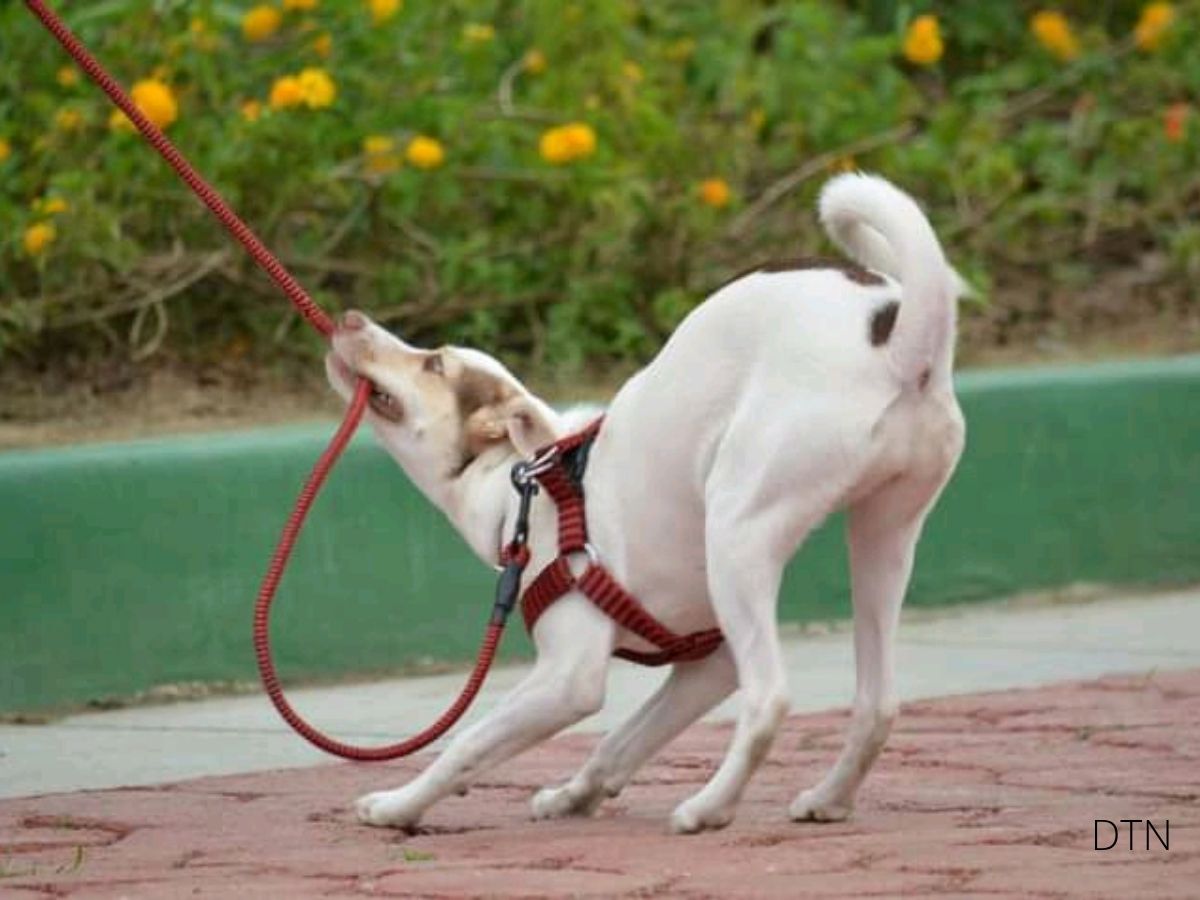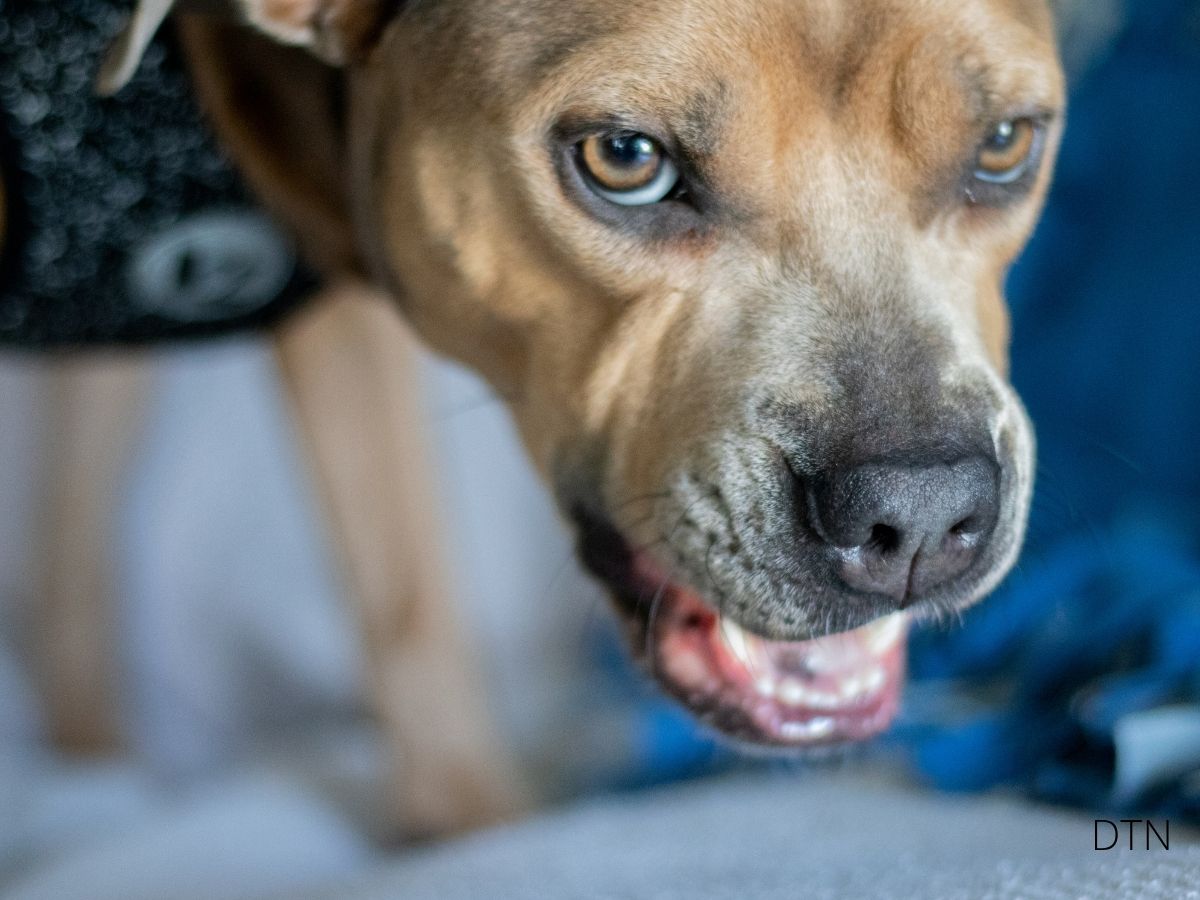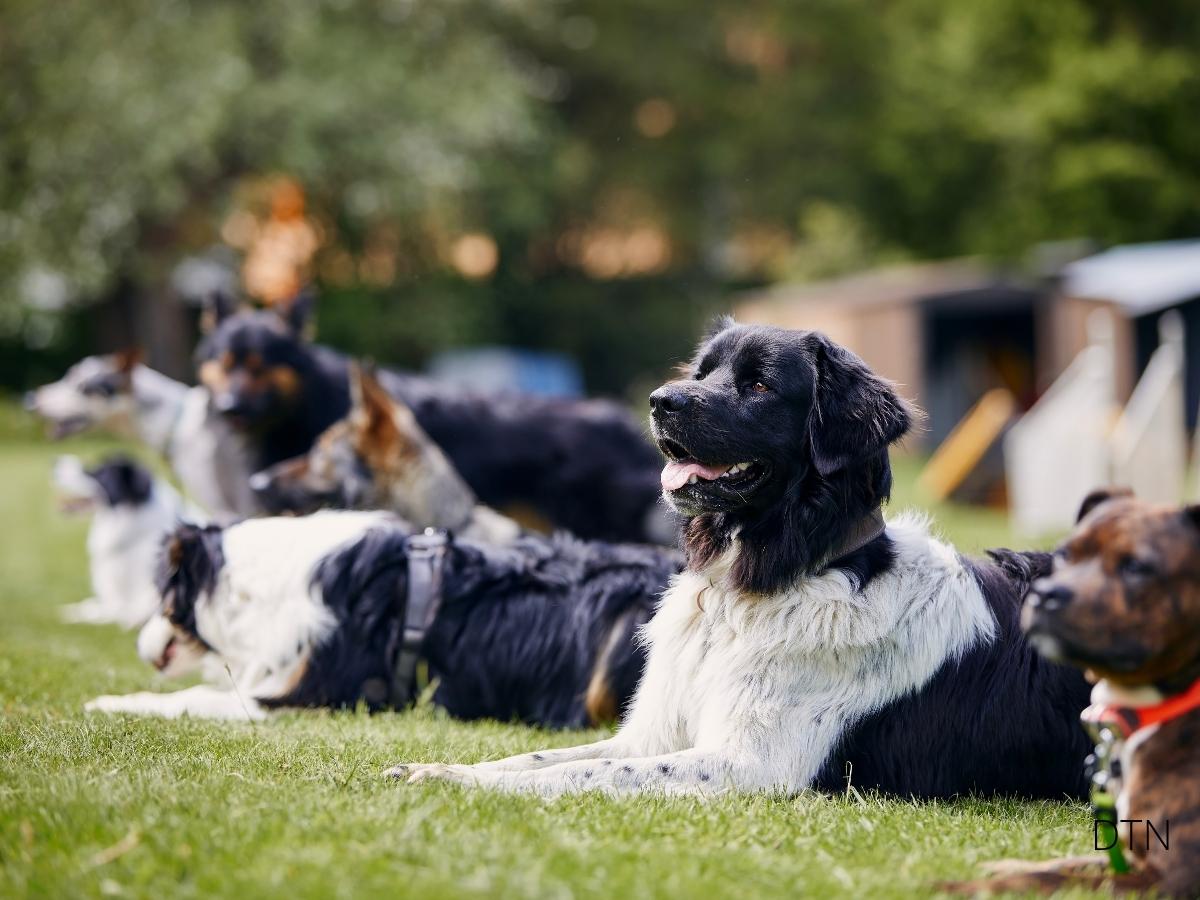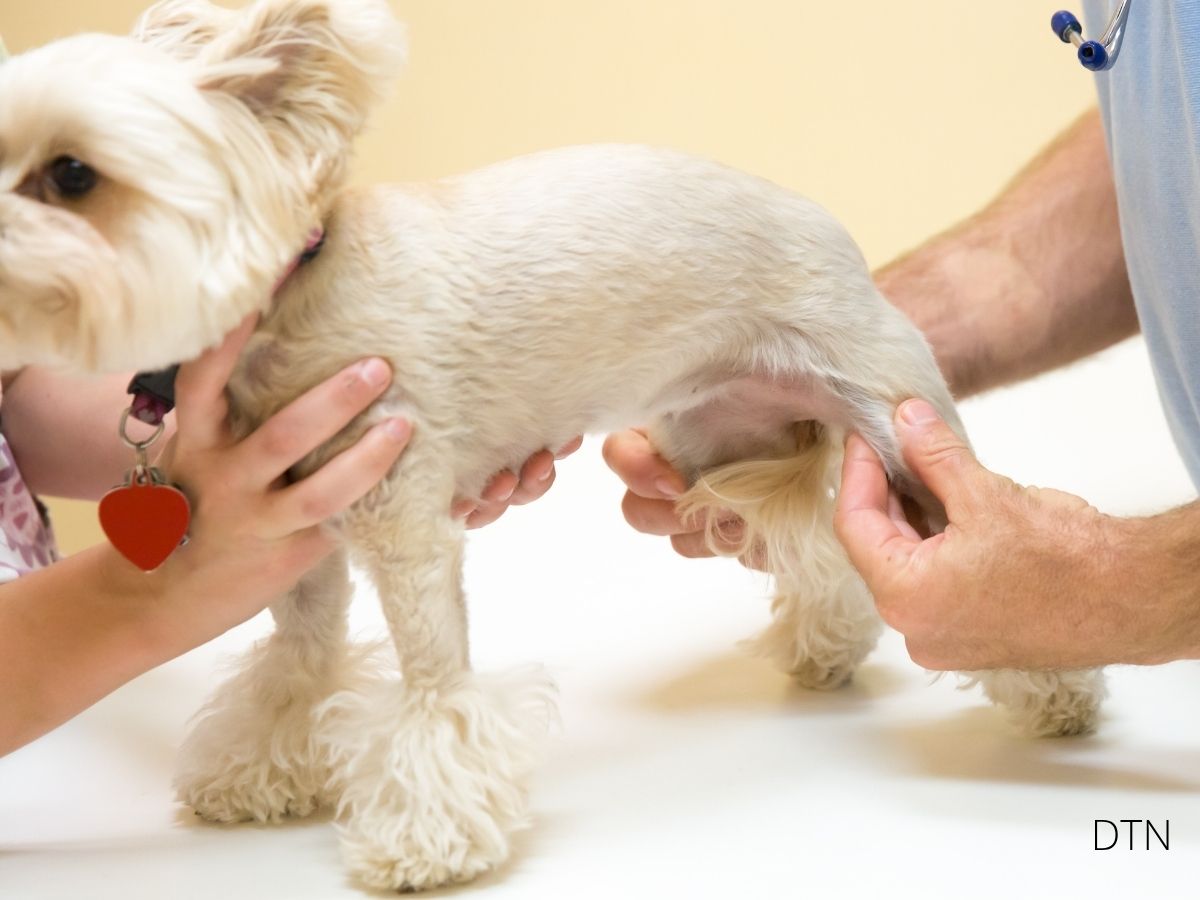Understanding Your Urban Companion’s Needs
Living with a dog in a small apartment requires creativity and dedication, but it’s absolutely achievable. Over 40% of urban dog owners successfully share apartments under 800 square feet with their furry companions. The key isn’t square footage—it’s how you use your space, structure routines, and understand your dog’s individual needs.
When space becomes limited, dogs modify their natural behaviors in surprising ways. You might notice “condensed play behaviors”—shorter, more intense activity bursts rather than extended play sessions. This adaptation can work beautifully when properly supported. However, without adequate management, the constant proximity to household activities can disrupt sleep cycles and create stress.
Recognizing Stress Signals in Confined Spaces
Early stress indicators in apartment dogs often manifest subtly:
- Increased fixation on windows and doors
- Changes in appetite or excessive grooming
- Restlessness during typically calm periods
- Difficulty settling after minor excitement
- Location-specific anxiety (calm in living room, anxious near front door)
Your dog’s vocalizations also change in apartments. Barrier frustration barking—that sharp, repetitive bark when they hear neighbors but can’t investigate—becomes common. Watch for non-verbal signals too: excessive lip licking, “whale eye” (showing whites of eyes), or freezing at certain sounds.
Breed Matters, But Not How You Think
While herding breeds like Border Collies may struggle more with spatial limitations due to their high energy and environmental scanning instincts, and companion breeds like French Bulldogs often excel in apartments, individual temperament matters most. A calm Mastiff might adapt better than a high-strung Jack Russell. The key is understanding your specific dog’s genetic tendencies and working with them, not against them.
Training for Apartment Success
Successful apartment training goes beyond basic commands—you’re building psychological resilience. The most crucial skills are emotional regulation and impulse control.
Foundation Skills:
- Calm waiting protocols: Reward settling during high-stimulation periods (neighbor noise, cooking, deliveries)
- Mat training: Create a portable “zen zone” where your dog learns to self-soothe
- Sound desensitization: Use recordings of building noises during meals, gradually increasing volume
- Frustration tolerance: Practice scenarios where your dog can see but not immediately access desired items
Every interaction in your small space is a training opportunity. Consistency in micro-moments—how you handle doorways, elevator rides, and hallway encounters—matters more than formal training sessions.
Maximizing Enrichment in Minimal Space
Mental stimulation can tire your dog as effectively as physical exercise. Transform your apartment into an enrichment playground:
Indoor Enrichment Strategies:
- Scent work: Hide treats in towel rolls, create snuffle mats, play “find it” games
- Vertical space: Install shelves for visual puzzles and climbing challenges
- Rotation systems: Keep only 3-4 toys available, rotating weekly to maintain novelty
- Feeding enrichment: Use puzzle feeders, frozen Kongs, and “hunt the meal” games
Strategic Exercise Planning: Instead of long walks, structure outings as intervals: 5 minutes focused heeling, 2 minutes sniffing, 3 minutes training, repeat. This maintains engagement and maximizes limited outdoor time. Turn urban infrastructure into agility equipment—benches become jumps, planters become balance beams (always prioritizing safety).
Creating Functional Zones
Your apartment must serve both species’ needs through intentional design:
The Calm Zone: Your dog’s emotional regulation space
- Located away from high-traffic areas
- Comfortable bedding with familiar scents
- White noise or calming music options
- Respected as a retreat space by all household members
The Enrichment Zone: Overlaps with living space
- Organized puzzle feeders and toys
- Safe chewing options always available
- Window perches for observation
The Transition Zone: Near your entrance
- Organized leash storage
- Pause-and-collect mat
- Visual barriers if needed
Dogs have owners, cats have staff.
– Unknown
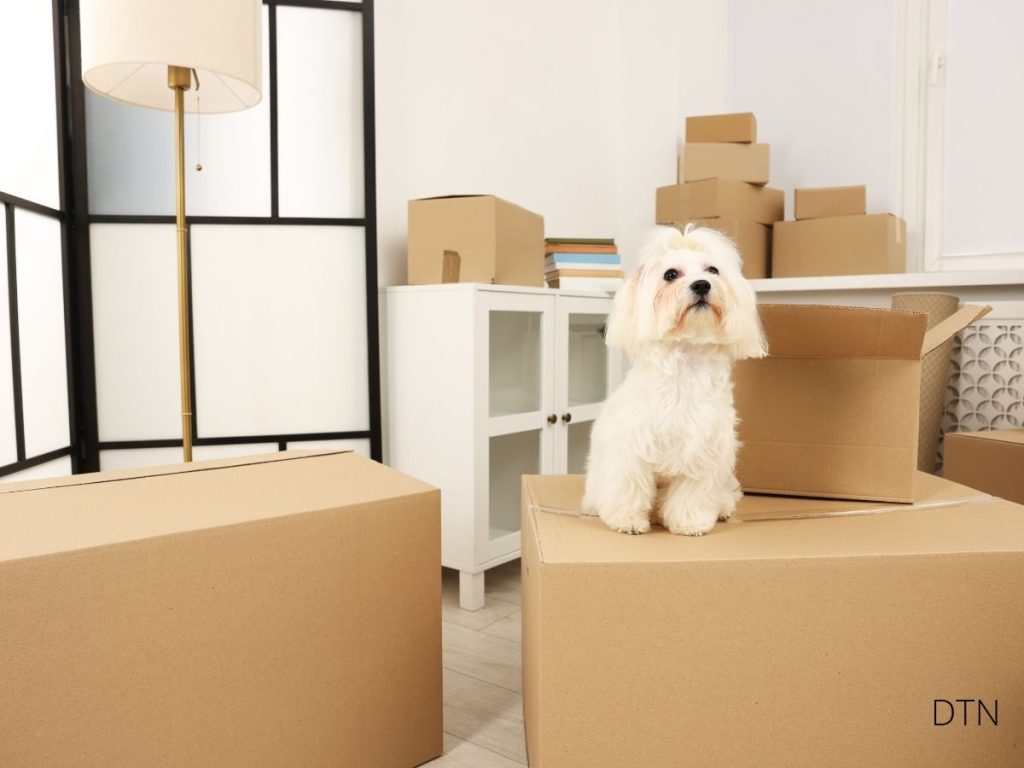
Managing Environmental Stressors
Urban apartments bombard dogs with inescapable sensory information. Address multiple stressor types:
Noise Management:
- White noise during peak building activity
- Strategic furniture placement to buffer sound
- Soft furnishings that absorb sound
- Gradual desensitization to unavoidable noises
Olfactory Overload:
- Regular air exchange through ventilation
- Consistent cleaning without harsh chemicals
- Designated “scent-free” zones
Visual Stress:
- Window films or furniture placement to reduce hypervigilance
- Give dogs choice about when to monitor versus disengage
Nutrition for Confined Living
Apartment dogs’ metabolisms differ from their suburban counterparts. Some burn more calories from chronic low-level stress—constant alertness to sounds, processing multiple scents, managing spatial frustration all require energy.
Transform mealtimes into mental workouts through puzzle feeders, scatter feeding, and food-finding games. This satisfies deep foraging drives regardless of living situation.
Consider stress-supportive nutrition:
- Proteins rich in L-theanine and tryptophan (turkey, fish, eggs)
- Omega-3 fatty acids for stress response regulation
- Probiotics for gut-brain axis health
Health Considerations
Chronic confinement stress affects your dog’s entire system. Watch for:
- Flattened cortisol rhythms (tired but wired)
- Decreased heart rate variability
- Inflammatory conditions (recurring ear infections, skin issues)
- Repetitive strain injuries from consistent movement patterns
Prevention strategies:
- Mental exercise for metabolic health
- Joint support (ramps, varied walking surfaces, supplements)
- Early intervention for behavioral issues (don’t dismiss shadow chasing as “quirks”)
Senior Apartment Dogs
Aging apartment dogs need special adaptations:
- Non-slip surfaces and mobility aids
- Multiple orthopedic beds
- Simplified enrichment that doesn’t frustrate
- Consistent furniture placement for dogs with declining vision
- Maintained social enrichment despite physical limitations
The intimacy of apartment living means senior dogs remain integrated in daily life, supporting cognitive function better than isolation in larger homes.
Making the Assessment
Success in apartment dog ownership depends on your commitment, not square footage. Ask yourself:
- Can you provide twice-daily enrichment beyond walks?
- Will you prioritize mental stimulation when physical exercise is limited?
- Can you recognize and respond to subtle stress signals?
- Are you prepared to adapt your space for both species’ needs?
If yes, apartment living with dogs isn’t just possible—it can strengthen your bond through increased interaction and shared urban adventures.
The Rewards and Reality
Apartment dog ownership creates uniquely resilient, well-socialized dogs with impressive impulse control. The creativity required makes you a more engaged, responsive owner. The effort invested in making small-space living work deepens your dog’s trust and your mutual bond.
Your apartment dog will communicate their needs through behavior and body language—trust their feedback over general advice. Every dog’s journey is unique. What works for your neighbor’s Labrador might not suit your Basenji.
Start with one area—enrichment or training—and gradually build your support system. Connect with urban dog communities who understand your challenges. Document what works to recognize patterns and celebrate progress.
Remember: perfection isn’t the goal—progressive improvement is. Your small space, with thoughtful management, can be exactly the home your dog needs to thrive. The question isn’t whether dogs can live happily in apartments (thousands do), but whether you’re ready to be the owner who makes it possible.
Welcome to apartment dog ownership—where creativity meets compassion, and limited space leads to unlimited bonds.


